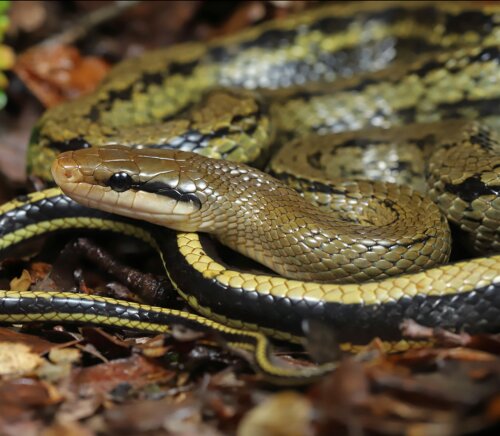Promoters: Simon Baeckens, Raoul Van Damme

The introduction of invasive species by humans is a major threat to global biodiversity. To evaluate the potential impact of a nonnative species on local ecosystems, it is essential to understand its current and potential distribution based on the availability of suitable habitats. In Belgium, a viable population of beauty snakes (Elaphe taeniura) has been established near the Hasselt train station since it was first observed in 2006. The population has continued to grow, yet there is still no clear picture of how far the snakes have spread or what their invasion risk might be throughout the country.
For ectotherms, such as snakes, the availability of suitable thermal habitats is a key factor determining population persistence and long-term viability. This thesis will focus on examining the thermal characteristics of the current invasive population in Hasselt and assessing the thermal preferences of the snakes. By combining this data, species distribution models will be developed to identify potential suitable thermal habitats across Belgium, thereby evaluating the snake's invasive potential. This research will provide a foundation for understanding the species' risk to local biodiversity and guiding management strategies.
This thesis combines field surveys around Hasselt (multiple visits between April and September 2025), indoor thermal experiments with snakes, and ecological modeling. The research will be carried out in close collaboration with scientists from the Institute for Nature and Forest Research (INBO), including Diederik Strubbe, Loïc Van Doorn, and Jeroen Speybroeck. A FELASA certificate is mandatory, and a driving license is desirable for fieldwork.